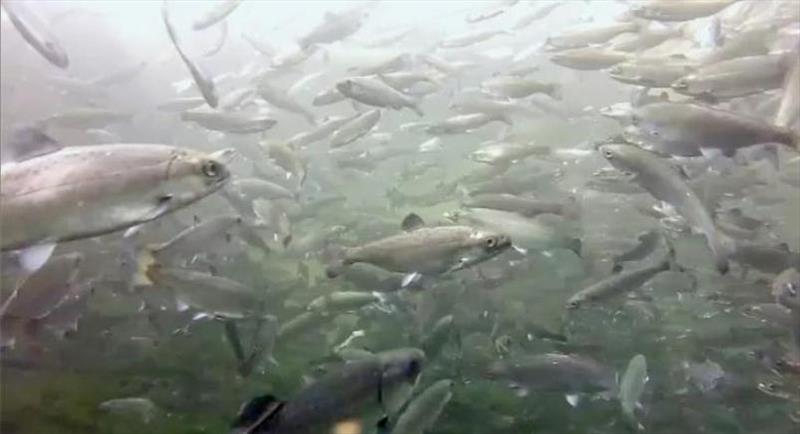
Preserving genetic diversity gives wild populations their best chance at long-term survival
by NOAA Fisheries 22 Nov 2021 16:31 UTC

Researchers find that maintaining genetic variation is critical to allowing wild populations to survive, reproduce, and adapt to future environmental changes © NOAA Fisheries
A new paper shows that genetic variation is crucial to a population's short- and long-term viability.
The paper, by a NOAA Fisheries Northwest Fisheries Science Center researcher, examined decades of theoretical and empirical evidence. It was published in the Proceedings of the National Academies of Science.
Genomics revolution
The genomics revolution has made it possible to quickly and cheaply sequence entire genomes. These rapidly advancing technologies have expanded our understanding of wild populations like salmon and their interactions with the environment.
For example, researchers can look at genetic traits that influence a particular Pacific salmon population's biodiversity, disease resistance, migration timing, and other adaptations. Such a deeper understanding of salmon genetics gives managers more information to help protect and recover them.
Some recent studies have pointed to wildlife populations such as musk ox, cheetahs, and island foxes that have low genetic variation and yet persist despite high levels of inbreeding. This has led some to conclude that genetic variation and inbreeding don't matter as much as previously thought.
Promoting rich genetic diversity
"Small population size and low genetic diversity are problematic," says lead author Dr. Marty Kardos, a geneticist at NOAA's Northwest Fisheries Science Center who focuses on the effects of inbreeding. "These conditions make populations more vulnerable to extinction."
While there are outliers, Kardos and his coauthors found the safest and best conservation strategy is to protect and promote a rich genetic diversity within and among populations. This strategy is especially true for species of special concern, such as threatened and endangered Pacific salmon populations.
Instead, says Kardos, robust conservation goals promote natural connectivity patterns among small populations or grow those small populations. Maintaining high genetic diversity allows species to adapt to future environmental changes and avoid inbreeding.
Inbreeding, which happens when there are small, isolated populations, can reduce a species' ability to survive and reproduce. Populations with low genetic diversity have a smaller buffer when it comes to evolving to their ever-changing environment.
"We can look at a salmon's genome and select for certain traits like disease resistance," says Kardos. "However, we shouldn't lose sight that doing so may come at the cost of reducing genetic diversity. And genetic diversity is what will give populations the best chance at adapting to a changing climate."